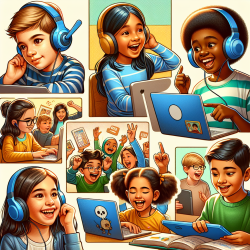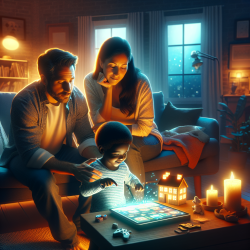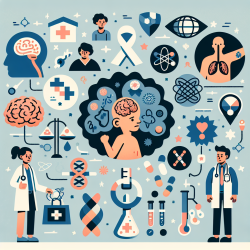Introduction to Speech Sound Disorders
Speech sound disorders are challenges faced by individuals, particularly children, in correctly pronouncing sounds, known as phonemes. These errors often lead to difficulties in communication, as others may struggle to understand the individual. At TinyEYE, we provide online therapy services to schools, addressing these challenges and offering support for those in need.
Types of Speech Disorders
Speech disorders can primarily be categorized into two types: articulation disorders and phonological disorders.
- Articulation Disorders: This type involves difficulty in producing specific sounds. For example, a child may struggle with pronouncing the "r" sound or may have a lisp.
- Phonological Disorders: This involves patterns of errors. A child might be able to pronounce a sound correctly but may not use it in the right position within a word, leading to a simplified version of the word. Such children may also face challenges with language and literacy skills, such as phonological awareness.
Some individuals may exhibit a mixed speech sound disorder, showcasing characteristics of both types.
Speech Disorders in Adults
While commonly associated with children, adults can also be diagnosed with speech sound disorders. Some adults may continue to exhibit errors from childhood, while others might develop speech problems following a stroke or head injury.
Characteristics of Speech Sound Disorders
- Errors in speech sounds can include omissions, distortions, substitutions, additions, or incorrect sequencing.
- Such errors are part of typical development as a child's speech system matures. However, an impairment is identified when these errors persist beyond the expected age of development.
- It's important to note that some speech differences may arise from accents, dialects, or second language influences, which are not considered disorders.
Causes and Diagnosis
In many cases, the cause of articulation or phonological disorders is unknown. However, some speech difficulties may be linked to physical causes such as cleft lip and palate, cerebral palsy, hearing impairment, traumatic brain injury (TBI), or other conditions and syndromes.
A qualified speech-language pathologist (SLP) is essential for evaluating an individual's speech production abilities to determine the presence of a disorder.
Treatment Options
Based on an assessment, a speech-language pathologist can determine the characteristics of the impairment and develop a suitable treatment plan. Therapy is recommended if sound errors are inappropriate for the child's age or if the errors are not typical of speech development. However, treatment is not necessary for differences due to accents, dialects, or non-English language influences.
Resources for Support
For further reading and support, consider the following resources:
- Books for Kids: Holzer, A. (2008). Speak with me series: Sammy learns to talk. Palo Alto, CA: Good Sound Publishing.
- Books for Parents: Dougherty, D.P. (2005). Teach me how to say it right: Helping your child with articulation problems. Oakland, CA: New Harbinger Publications.
- Websites: Wikipedia on Speech Sound Disorder, Education.com
For more information, please follow this link.










